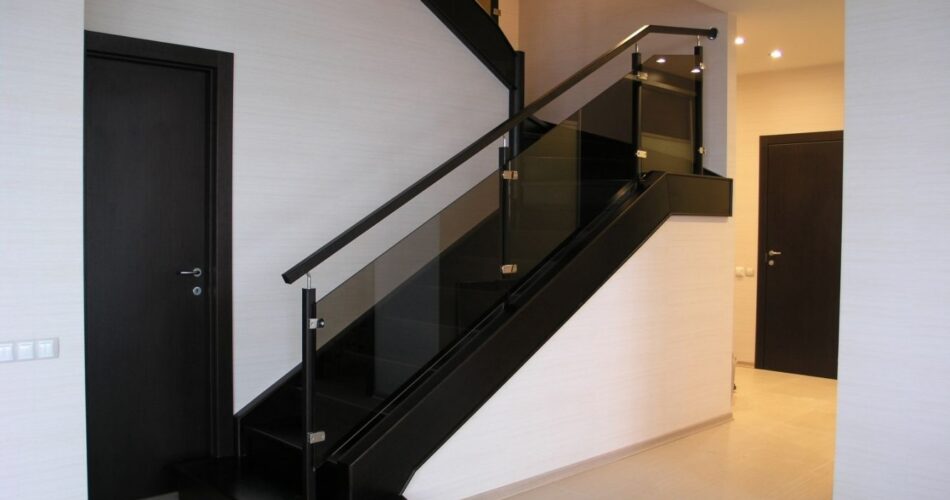In the contemporary world, where sustainability is a growing concern, the environmental impact of building materials is scrutinized more than ever. Glass railings https://artlookglass.com/, often used for their aesthetic appeal, are no exception. There are several myths and realities regarding the eco-friendliness of glass railings. This article aims to shed light on these aspects, providing a clearer understanding of where glass railings stand in terms of environmental sustainability.
Myth: Glass Production is Extremely Harmful to the Environment
A common myth is that the production of glass is significantly harmful to the environment, primarily due to high energy consumption. While it’s true that glass production requires energy, advancements in manufacturing technologies have led to more energy-efficient processes. Additionally, many glass manufacturers are turning to renewable energy sources to further reduce the carbon footprint.
Reality: Glass is Recyclable
One of the most significant environmental benefits of glass is its recyclability. Glass can be recycled repeatedly without losing its quality or purity. This means that used glass railings, and other glass products, can be repurposed, reducing the need for new raw materials and the energy required to produce them.
Myth: Glass Railings are Not Durable
Another misconception is that glass is not a durable material and needs frequent replacement, contributing to waste. In reality, modern glass railings are made using tempered or laminated glass, which is incredibly strong and durable. These types of glass are resistant to impacts and are less likely to need replacement, making them a sustainable choice in the long term.
Reality: Glass Railings Enhance Energy Efficiency
Glass railings can contribute to the energy efficiency of buildings. By allowing natural light to permeate spaces, they reduce the need for artificial lighting, which in turn saves energy. Additionally, when used as part of an exterior balcony or facade, glass can contribute to thermal regulation, reducing heating and cooling demands.
Myth: All Glass Railings are the Same in Environmental Impact
The environmental impact of glass railings varies based on the type of glass and the production process. Not all glass railings are created equal in terms of eco-friendliness. It’s important to consider factors like the source of the glass, the energy used in production, and whether the glass is recycled or recyclable.
Reality: Innovations are Making Glass More Eco-Friendly
The glass industry is continually innovating to become more environmentally friendly. This includes the development of eco-glass, which has a lower carbon footprint, and improvements in manufacturing processes to reduce waste and energy consumption.
Conclusion
The eco-friendliness of glass railings is a nuanced topic. While there are environmental considerations in the production of glass, the material’s recyclability, durability, and contribution to energy efficiency are significant positive factors. As technology advances, the production of glass railings is becoming more sustainable. When choosing glass railings, it’s important to consider these factors and opt for environmentally friendly options where possible, contributing to more sustainable construction practices.
